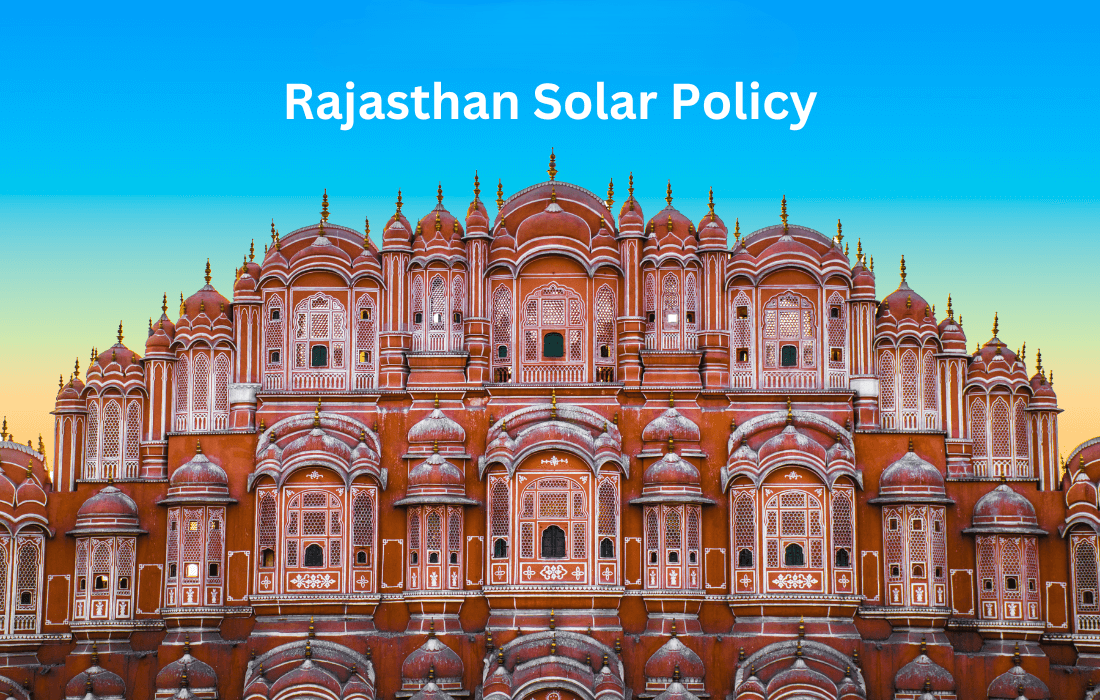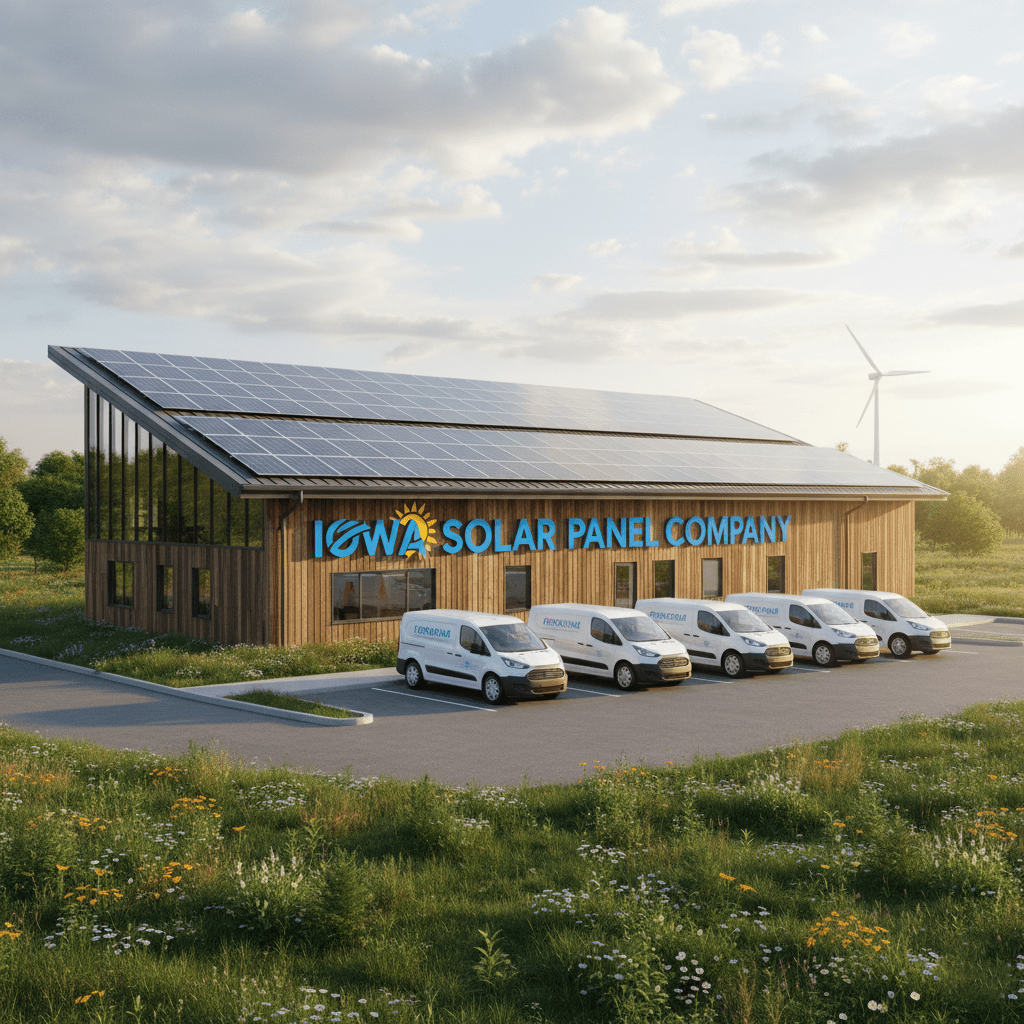Rajasthan has long been a frontrunner among Indian states when it comes to solar energy. Huge potential in terms of sunshine, large tracts of semi-arid land, and growing power demand make Rajasthan ideal for solar development. Over recent years, the state government has introduced several policies, schemes, and regulatory reforms to harness this potential, attract investment, and ensure energy access, sustainability, and economic growth.
Key Goals & Targets:
• Ambitious Capacity Targets: One core aim is to produce 30 GW (gigawatts) of solar power by the end of FY 2024-25.
• Renewable Energy Mix Expansion: Under its Renewable Energy Policy, Rajasthan has set a target of 90 GW of total renewable energy by 2029-30, out of which around 65 GW is to come from solar.
• Distributed Generation & Rooftop Solar: The policy doesn’t only focus on large utility farms. There are targets for rooftop solar, solar pumps, decentralized systems, etc.
Major Schemes & Incentives:
• Free Electricity & Rooftop Solar for Low-Income Beneficiaries: The state budget announced that households eligible under the Chief Minister Free Electricity Program will get 150 units of free electricity per month via rooftop solar systems installed at no cost. The previous limit was 100 units.
• Subsidies & Combined Support: Rooftop solar systems are subsidized (under central and state schemes) to lower the upfront cost, making solar more affordable for domestic users. Community rooftop systems are also proposed for those with limited roof access.
• Agriculture / PM-KUSUM / Farmer-Focused Allocations: The state has been allotted additional solar capacity under central farmer-schemes (for example, under KUSUM A), to help farmers benefit via selling solar power or using solar pumps.
• Investment & Regulatory Incentives: Policy measures include exemptions and reimbursements on electricity duty, waivers or relaxations for certain charges, incentives for battery storage systems (e.g., via auctions setting low storage system prices), and supportive regulatory frameworks.
Regulatory & Market Reforms:
• Net Metering, Group & Virtual Net Metering: Rules have been evolving to improve access: net metering caps have been increased, and group (community) or virtual net metering is being allowed to enable consumers who cannot install rooftop panels themselves to participate.
• Transmission & Grid Access: For large solar parks and utility‐scale projects, ensuring proper transmission lines, dealing with grid congestion, and timely connection are critical. Policy emphasizes infrastructure development.
• Special Purpose Vehicles / Solar Park Infrastructure: Entities like Rajasthan Solar Park Development Company Ltd. help set up solar parks, provide infrastructure, manage approvals, etc. This helps lower entry barriers for project developers.
Challenges & Pain Points:
• Transmission Congestion & Curtailment: Even though Rajasthan has installed large solar capacities, power output is sometimes curtailed due to delays in transmission upgrades or insufficient grid capacity. This causes losses for solar project developers.
• Land Costs and Regulatory Delays: Changes to land registration, stamp duty, leases, and delays in approvals can increase project costs or slow project development.
• Equity & Access: Not everyone has rooftop access. For low-income or apartment dwellers, or those with shaded roofs, installing rooftop solar may not be feasible. Community or off-site solutions are being considered, but may still face barriers.
Recent Developments (2024-2025):
• Rajasthan has set new records for low battery energy storage system (BESS) prices via auctions, making solar + storage more viable.
• A large solar project (1.3 GW) by ReNew was inaugurated in Jaisalmer using locally manufactured panels, underlining both scale and “Make in India” aims.
• The “150-unit free electricity with rooftop solar” scheme was expanded, and community rooftop solar installations are being pushed for low-income groups.
• The Rajasthan Electricity Regulatory Commission has opened up rules for virtual/group net metering and eased technical or procedural barriers in certain situations.
What This Means for Stakeholders:
• For Households: Lowered electricity bills, free units (for eligible), subsidies, and improved access — especially via rooftop or community solar. The upfront cost is becoming much more manageable.
• For Farmers / Agricultural Sector: Solar pumps, allocations under farmer-schemes mean potential for income (via surplus power) or savings, and decouple energy needs for irrigation, etc.
• For Industry / Developers: Opportunities are huge — large utility solar parks, solar + storage contracts, manufacturing incentives, resource availability (land, sunshine). But risks remain around transmission delays, curtailments, and land cost/lease clarity.
• For the State & Economy: Growing renewable energy capacity helps with energy security, reduces dependence on fuel imports, boosts local manufacturing, generates employment, and supports climate goals.
Conclusion:
Rajasthan’s solar policy is among the most forward-leaning in India. With strong targets, financial incentives, regulatory reforms, and recent successful large-scale projects, the state is well on its way to leading India’s renewable energy transition. However, to fully realize its potential, addressing grid bottlenecks, ensuring equitable access, and keeping project costs in check will be essential.
For those considering investing, installing, or participating in solar in Rajasthan, now is an opportune time — the policy environment is supportive, the incentives are strong, and the momentum is growing.




